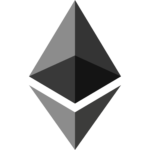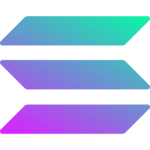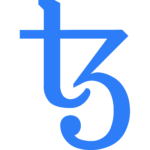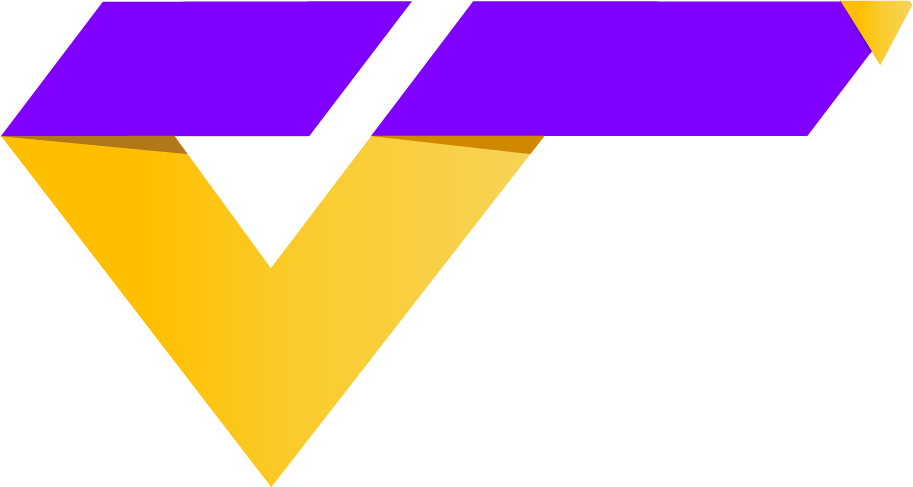What are NFTs?
The main question that many asked themselves in 2021 was “what are NFTs”? NFTs (Non fungible Tokens) are digital proofs of ownership of intangible goods. These goods are usually unique, non-substitutable digital assets (tokens). Blockchain technology allows the ownership of these tokens to be uniquely proven and transferred. Why you should know how to buy NFTs? Examples include digital artwork, computer game objects, digital tickets, or domain names. However, they can also be digital proofs of ownership of physical objects such as paintings or other individual items. As you see, the potential is very high.

Fungible token mean what?
Non-fungible tokens (NFTs) are unique crypto tokens that cannot be multiplied indefinitely. They are often referred to as digital collectibles because NFTs can be used to create scarcity in the digital space. Digital trading cards, clothing, and other artwork are among them.
In addition to the meaning of NFTs, it is necessary to understand the following terminology:
What is a coin?
A coin is a cryptocurrency that operates its own blockchain. Coins are identical and interchangeable. Comparable to a dollar bill.
What is a token?
The big difference with coins is that tokens use a blockchain of another coin. The use cases for tokens are much larger than those of a coin. For example, there are many tokens that run on the Ethereum blockchain. A token is exchangeable, however, they can be limited to usecases. e.g., there can be multiple tickets in the form of tokens. However, these are limited according to the authorized number of spectators.
How do Non fungible Tokens work?
In real life, it can be clearly determined whether a work of art is an original. In the digital world, photos or graphics can be copied and duplicated quite easily. This makes the sale and verifiability of a digital possession almost impossible.
NFTs are the solution. They work with a so-called “smart contract”. A smart contract is a self-executing programmed contract that is inscribed on a blockchain. This shows the ownership of a file: who created this NFT; when this was created; who purchased this; what properties this possesses, etc. In addition, it is possible to set commissions for the creator for any resale.
This ensures that everyone can verify who owns this NFT. The most well-known blockchain related to NFTs is Ethereum.
NFTs are stored on a blockchain – consequently, they are also paid for with the cryptocurrency of the blockchain like Ethereum. Thus, transaction fees are incurred to store the NFT on the blockchain. On the blockchain, the ownership of an NFT can be clearly tracked. This protects against copies or falsifications.

What is minting?
Minting is the creation of a smart contract when an NFT is entered onto the blockchain for the first time. This process may or may not involve costs, depending on the blockchain solution. The costs for mining on the Ethereum Blockchain are currently very high, which is why many are currently switching to cheaper solutions such as Polygon.
NFT and Crypto
Ethereum 
The Ethereum Blockchain is the basis of by far the most NFTs on the market. Ethereum Blockchain is the pioneer in many field. Through its smart contract features, which Ethereum had established relatively early, Ethereum can host a wide range of decentralized applications. Thus, Ethereum also became the pioneer of NFT Blockchains.
Solana 
Solana is the shooting star at the forefront of cryptocurrencies. The network’s SOL token has now risen to a top place among cryptocurrencies by market cap. A large part of the hype around Solana is made up of NFTs, which are now largely based on the Solana blockchain.
Tezos 
Tezos is one of the NFT blockchains that has been running under the radar so far. However, the Tezos Blockchain has great potential. Tezos has a similar structureto Ethereum. However, unlike ETH, Tezos is built in such a way that the network can evolve regularly without any major forks.
Polygon 
Polygon (MATIC) provides a solution to Ethereum’s scaling problems, enabling faster and cheaper transactions. To do this, Polygon uses so-called “sidechains” (Layer 2) that run in parallel with the Ethereum blockchain, allowing it to process transactions faster and cheaper. The changes are then written to the main chain.

